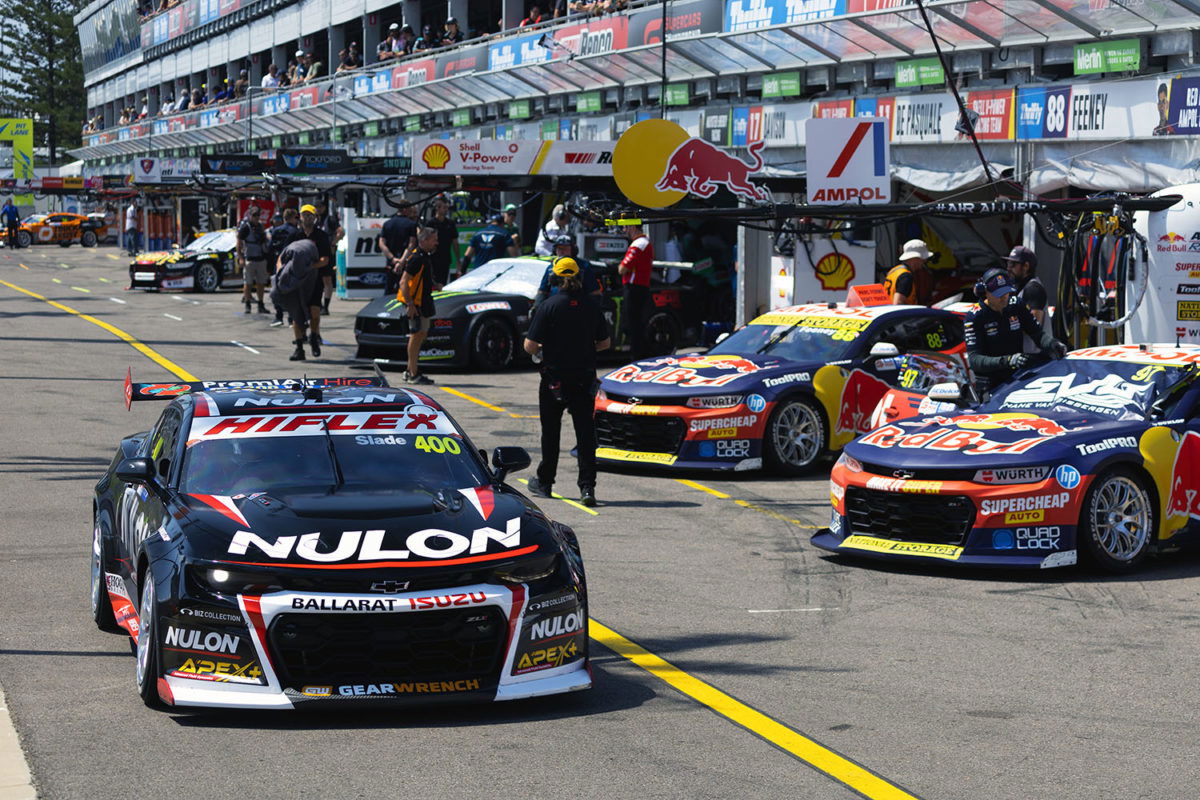
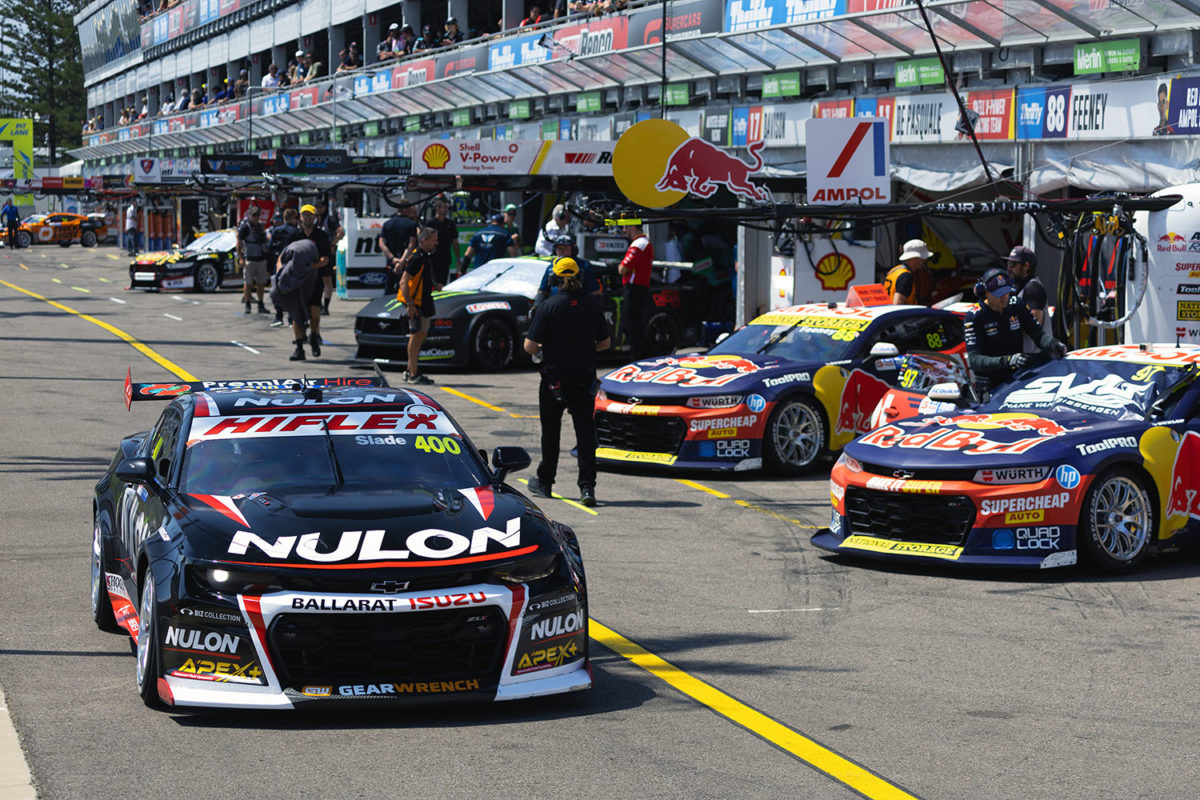
The Supercars pit lane could look quite different in 2024, with an idea to move to a ‘live’ order rather than one which is locked in for the season.
As it stands, pit lane order is determined primarily on the basis of the preceding season’s teams’ championship results, and hence Triple Eight Race Engineering enjoys pride of place in the garages nearest to pit exit.
However, that would change from event to event if a system comes to pass whereby the teams’ championship standings at the end of the preceding weekend of racing is used to determine the order.
It is understood that the idea came up late last year and while it did not make its way into the 2023 Operations Manual, it has not been ruled out for next year.
The system would make the Repco Supercars Championship somewhat unusual, so far as major competitions are concerned, although it does evoke aspects of North American procedures.
With that in mind, we take a look at how pit lane order is decided in other championships.
Supercars Championship
The Supercars Championship’s system is prescribed by Rule D2.1 of the Operations Manual, with Rule D2.1.1 stating, “The Pit Lane order will be allocated by Supercars based on the previous year’s final Teams Championship order.”
In practice, it is not strictly a reflection of the previous season’s teams’ championship because four-car teams – officially a pair of two-car teams for the purpose of that title – stay together, with their position determined by the higher-finishing ‘team’, while odd-numbered teams would also be put together to share a boom.
Presently, the latter is a moot point as the Blanchard Racing Team is the sole operation with an odd number of cars, and its Ford Mustang is thus serviced out of the 13th and final boom.
Generally speaking, the only variation occurs when wildcard entries are added at the bottom end of pit lane, although teams were bunched on the basis of state for an event at Sydney Motorsport Park during the height of the COVID-19 pandemic in 2020.
Meanwhile, in Super2, Supercars attempts to keep teams which compete in both competitions together, as well as any Super2 teams which are aligned with Championship teams. For example, Eggleston Motorsport usually gets the bays nearest to pit exit, where Triple Eight is situated, and Image Racing goes with Erebus Motorsport.
Formula 1
Formula 1 is similar to Supercars in so much that pit lane order is typically determined on the basis of previous season’s constructors’ championship standings.
Normally, the champions are closest to pit entry, the runner-up second-closest, and so on, although the champion team reserves the right to select which end.
At Albert Park this month, for example, Red Bull Racing opted for the garages closest to pit exit, and hence the order was the reverse of the norm – but akin to what one would expect in Supercars.
There are other exceptions, too, with the bigger teams placed in the middle of the Silverstone pit lane as those garages are more visible to trackside spectators.
Article 34.5 of Formula 1’s Sporting Regulations states, “The FIA will allocate garages and an area in the pit lane on an equal basis where each Competitor may work and, within each of these designated garage areas, one position where pit stops during any practice session, sprint session or the race may be carried out.”
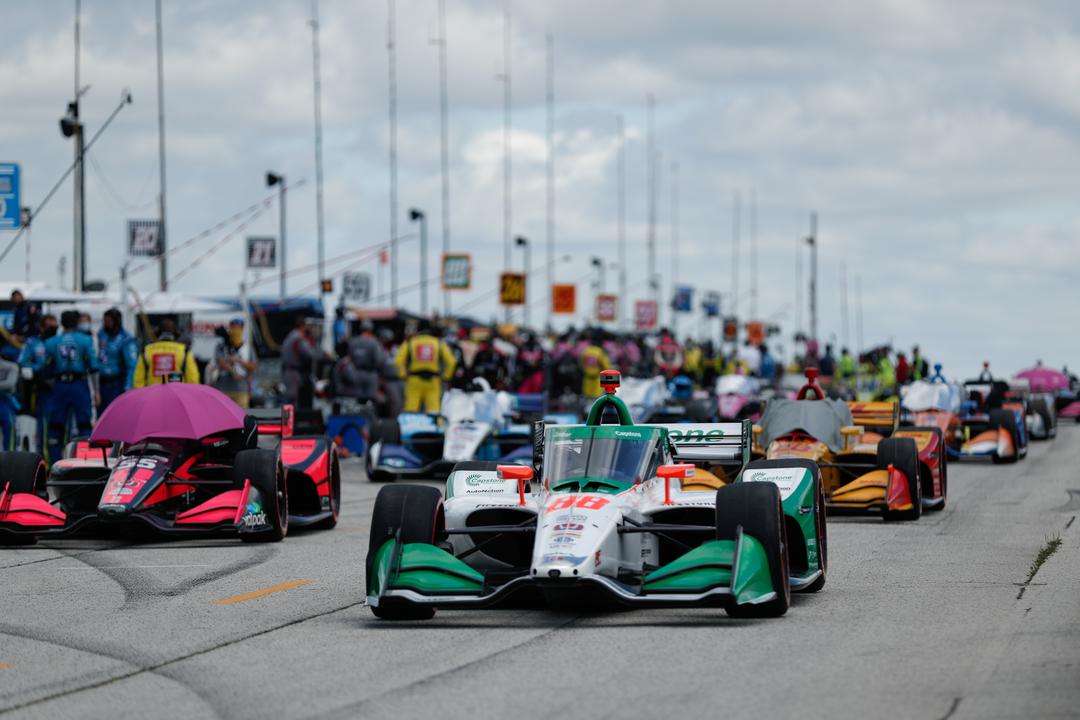
IndyCar
IndyCar is one series where pit lane order typically changes from race to race. ‘Entrants’, in this case referring to individual cars, get to choose their pit box for a weekend based on qualifying results from the previous race – the pole-sitter gets first pick, second qualifier gets second pick, and so on.
Such is the nature of pit lanes at North American race tracks, pit box selection can be quite strategic, with considerations including gaps in the pit wall (and hence gaps between pit boxes, which makes entry or exit easier), bends in the lane, and the position of the timing and scoring line (noting IndyCar gives bonus points for leading at least one lap).
Last year at Mid-Ohio, for example, Alexander Rossi arrived as the previous pole-sitter yet his crew chose Box 4 as that followed a gap in the wall, and it was thought that Box 1 was a difficult outward manoeuvre given how close it was to pit exit.
In the case of a double-header, box selection applies for the whole weekend, and qualifying for the second race of the double-header determines picks for the next race.
Furthermore, all of the above concerns races other than the Indianapolis 500. At Indy, allocations change from practice to Day 1 Qualifications and Day 2 Qualifications. For the Race itself, similar to above, pole-sitter gets first pick and so on.
Worth noting is that such chopping and changing is made possible by the fact that team garages are located in the infield, with equipment and timing stands rolled out to pit lane.
NASCAR
NASCAR runs a similar system to that of the Indy 500, in so much that the fastest qualifier typically gets first pick and so on. Also similar to IndyCar is that factors such as vacant pit boxes are taken into consideration.



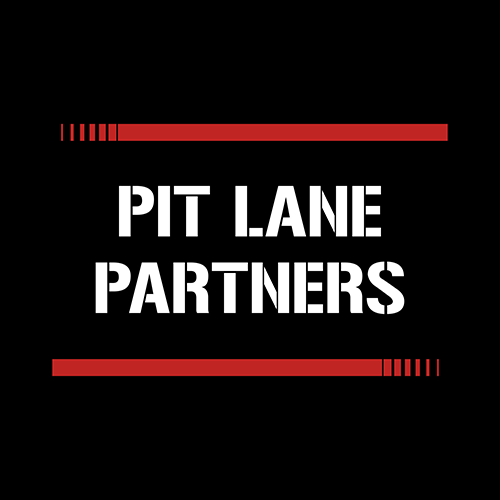












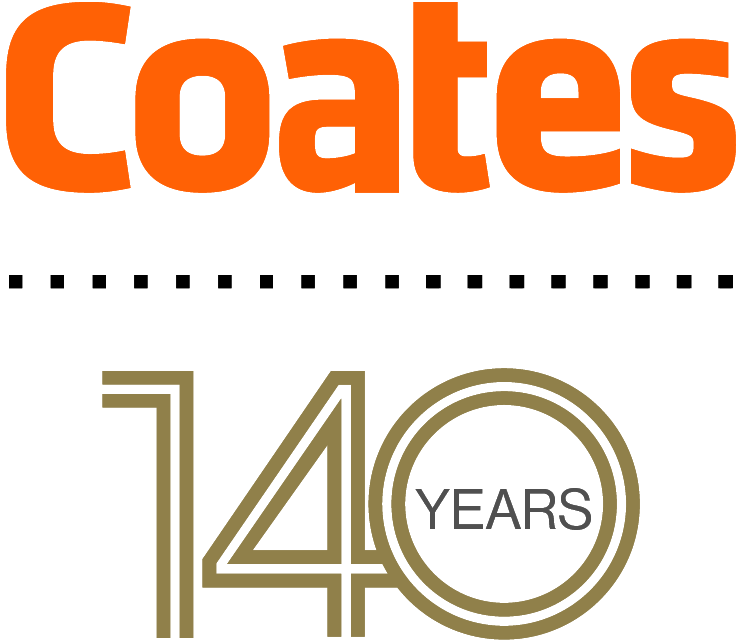



Discussion about this post